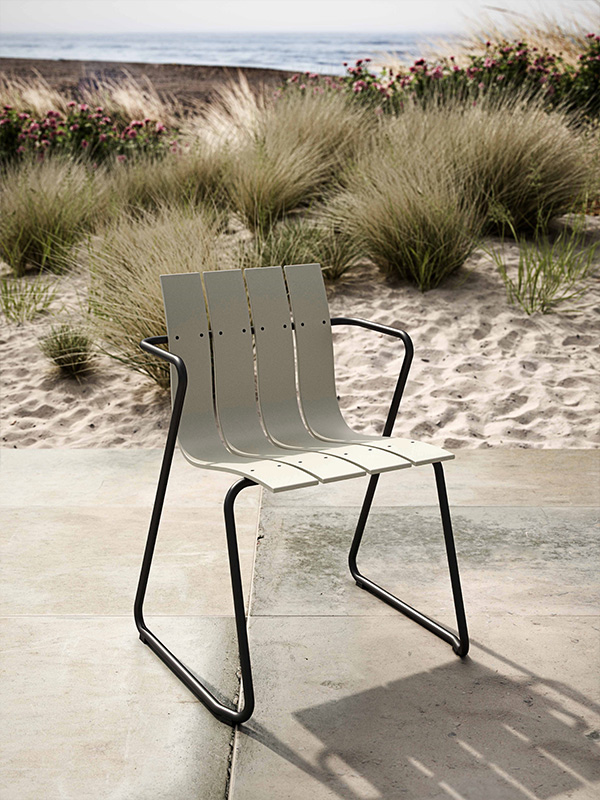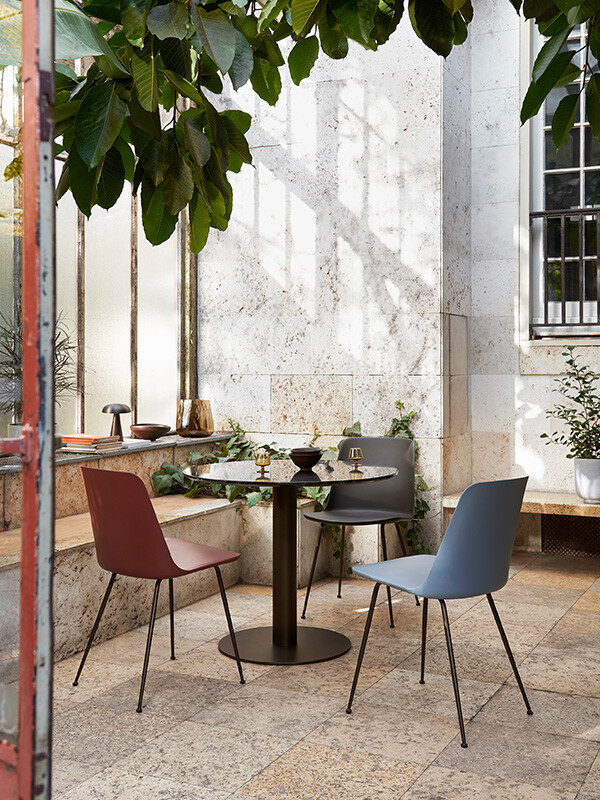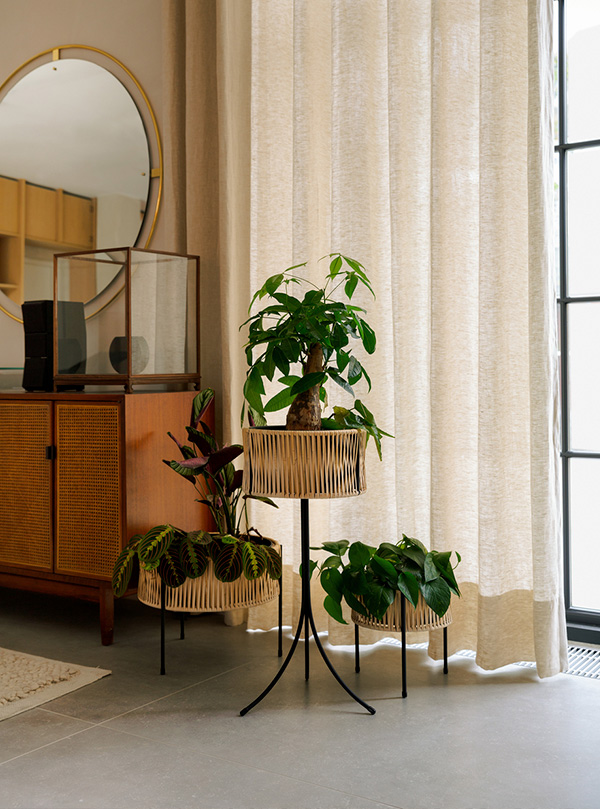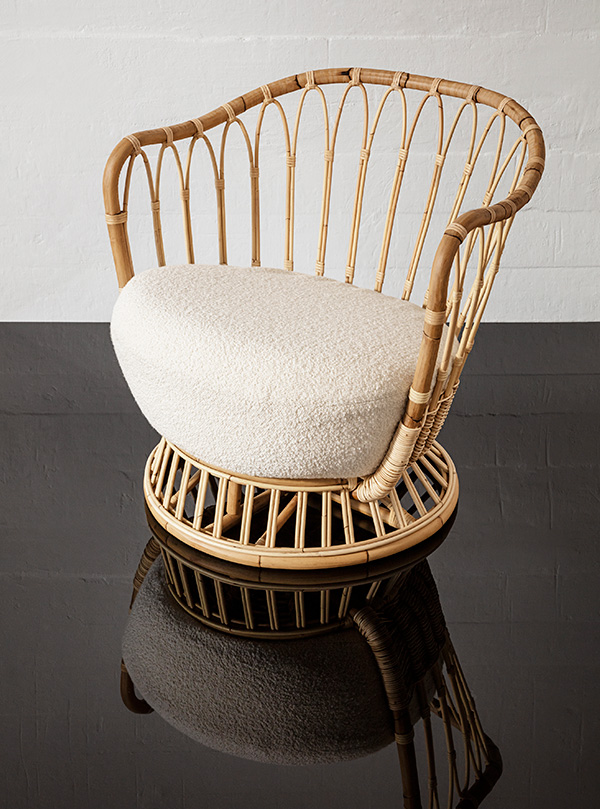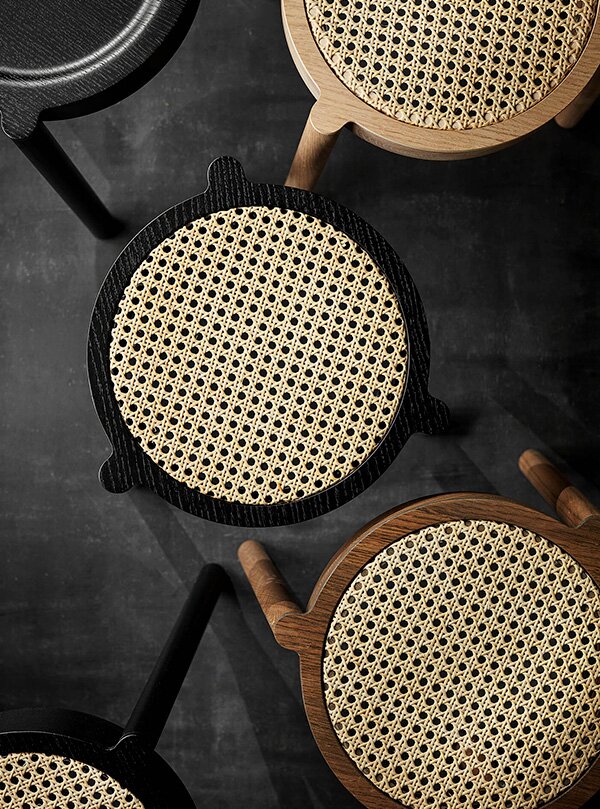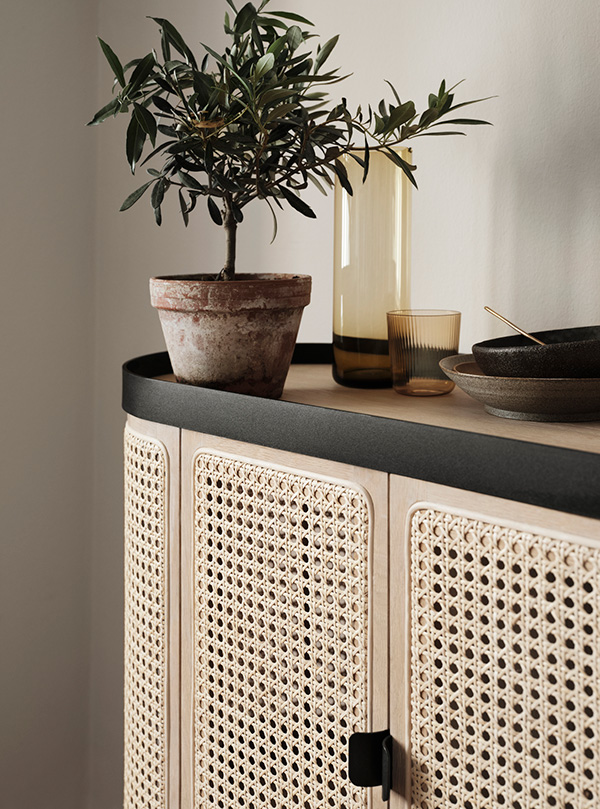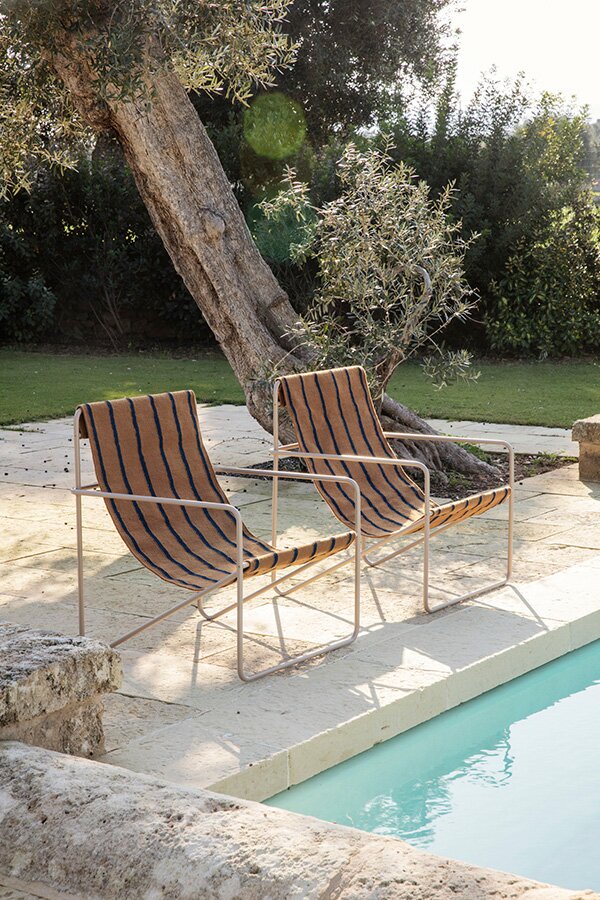Spotlight on: Sustainable materials
As we all become more mindful of the environmental impact our lifestyle choices have, how can we make our furniture choices more sustainable? Today we’re putting the spotlight on sustainable materials - taking a closer look at designs that merge craftsmanship, innovation and responsibility.
No matter how sensitive your material choice is, how eco-friendly your production methods are or how recyclable the end design – if products are being created with fast-fashion in mind, you can’t call them sustainable. This is why first and foremost, our focus is on forever furniture. We only choose to feature well-crafted designs with longevity in our collection, so you can be confident that when you buy from Nest, your designs should last a lifetime.
But delving deeper into the sustainability of our furniture, are there any materials that are better for the planet than others? Today we discuss some of the most sustainable material choices you can make when deciding on furniture for your home.
Recycled plastics
We’re all well aware of the plastic problem, and many designers are searching for a way that used plastics can be given a second life. Whether it’s post-industrial plastic, discarded household waste or plastic collected from our oceans – companies such as Fritz Hansen, Gubi, &Tradition and Mater have been developing ways to turn this problem material into beautifully designed furniture for our homes.
To create their Ocean Collection, Danish company Mater work in collaboration with Plastix, another Danish company that take maritime waste and turn it into pellets which can then be moulded into new pieces of furniture. Every Ocean Chair makes use of just under a kilo of waste plastic and even more is used to make the Ocean tables. Durable and weatherproof – recycled plastic furniture makes the perfect choice for use outdoors.
But what about when these recycled plastics reach the end of their life? Many, like the Mater Ocean Chair, embrace the idea of circular production and can be easily taken apart and re-recycled, preventing waste and giving these materials yet another lease of life.
You can shop our collection of recycled plastic designs here.
Naturally renewable materials
Not just prized for their sustainability, renewable materials are a great way to introduce natural textures into our homes. They thrill our fingertips and have been shown to help reduce our cortisol levels (which cause stress) and trigger the release of oxytocin (the love hormone) helping us to feel happier and more relaxed. It’s a win-win choice.
Rattan – a climbing member of the palm family, rattan is a fast-growing plant that has been used to craft furniture for centuries. Strong, flexible and very durable, the outer layer of the rattan plant can be peeled off and used for weaving, whereas the core can be moulded to create furniture, leaving minimal waste.
The sourcing and harvesting of sustainably managed rattan helps to provide employment for communities around the world – giving a significant boost to local economies. Requiring almost no maintenance, rattan is also an incredibly durable material that will last for years to come. And once a piece of furniture does inevitably come to the end of its life, this material is biodegradable.
When searching for rattan furniture, also look out for the words wicker and cane. Cane describes the thinner material obtained from stripping the rattan plant and is traditionally used for weaving. Wicker however describes the weaving process and wicker furniture could be made from rattan but could also be made from bamboo, reed, willow or even synthetic fibres – so double-check the details.
Cork – another renewable resource, cork comes from the bark of cork oak trees that grow in Mediterranean Europe and North Africa. When the cork is harvested, it is carefully stripped away from the trunk of the tree by hand, and the tree then left to regenerate its bark before being harvested once again. It takes between 9-12 years for a cork tree to fully regenerate its bark (a much longer time than it takes for rattan to re-grow) but as the trees are regrowing their bark, they take in up to five times more carbon from the atmosphere to fuel the photosynthesis needed for regrowth.
For more information on the sustainability of certain products, you can contact our dedicated product specialists, who would be happy to talk you through the information. Simply call 0114 243 3000 or email info@nest.co.uk. Alternatively, discover more about how to choose sustainable furniture in our guide to buying sustainably.
Spotlight on: Sustainable materials
As we all become more mindful of the environmental impact our lifestyle choices have, how can we make our furniture choices more sustainable? Today we’re putting the spotlight on sustainable materials - taking a closer look at designs that merge craftsmanship, innovation and responsibility.
No matter how sensitive your material choice is, how eco-friendly your production methods are or how recyclable the end design – if products are being created with fast-fashion in mind, you can’t call them sustainable. This is why first and foremost, our focus is on forever furniture. We only choose to feature well-crafted designs with longevity in our collection, so you can be confident that when you buy from Nest, your designs should last a lifetime.
But delving deeper into the sustainability of our furniture, are there any materials that are better for the planet than others? Today we discuss some of the most sustainable material choices you can make when deciding on furniture for your home.
Recycled plastics
We’re all well aware of the plastic problem, and many designers are searching for a way that used plastics can be given a second life. Whether it’s post-industrial plastic, discarded household waste or plastic collected from our oceans – companies such as Fritz Hansen, Gubi, &Tradition and Mater have been developing ways to turn this problem material into beautifully designed furniture for our homes.
To create their Ocean Collection, Danish company Mater work in collaboration with Plastix, another Danish company that take maritime waste and turn it into pellets which can then be moulded into new pieces of furniture. Every Ocean Chair makes use of just under a kilo of waste plastic and even more is used to make the Ocean tables. Durable and weatherproof – recycled plastic furniture makes the perfect choice for use outdoors.
But what about when these recycled plastics reach the end of their life? Many, like the Mater Ocean Chair, embrace the idea of circular production and can be easily taken apart and re-recycled, preventing waste and giving these materials yet another lease of life.
You can shop our collection of recycled plastic designs here.
Naturally renewable materials
Not just prized for their sustainability, renewable materials are a great way to introduce natural textures into our homes. They thrill our fingertips and have been shown to help reduce our cortisol levels (which cause stress) and trigger the release of oxytocin (the love hormone) helping us to feel happier and more relaxed. It’s a win-win choice.
Rattan – a climbing member of the palm family, rattan is a fast-growing plant that has been used to craft furniture for centuries. Strong, flexible and very durable, the outer layer of the rattan plant can be peeled off and used for weaving, whereas the core can be moulded to create furniture, leaving minimal waste.
The sourcing and harvesting of sustainably managed rattan helps to provide employment for communities around the world – giving a significant boost to local economies. Requiring almost no maintenance, rattan is also an incredibly durable material that will last for years to come. And once a piece of furniture does inevitably come to the end of its life, this material is biodegradable.
When searching for rattan furniture, also look out for the words wicker and cane. Cane describes the thinner material obtained from stripping the rattan plant and is traditionally used for weaving. Wicker however describes the weaving process and wicker furniture could be made from rattan but could also be made from bamboo, reed, willow or even synthetic fibres – so double-check the details.
Cork – another renewable resource, cork comes from the bark of cork oak trees that grow in Mediterranean Europe and North Africa. When the cork is harvested, it is carefully stripped away from the trunk of the tree by hand, and the tree then left to regenerate its bark before being harvested once again. It takes between 9-12 years for a cork tree to fully regenerate its bark (a much longer time than it takes for rattan to re-grow) but as the trees are regrowing their bark, they take in up to five times more carbon from the atmosphere to fuel the photosynthesis needed for regrowth.
For more information on the sustainability of certain products, you can contact our dedicated product specialists, who would be happy to talk you through the information. Simply call 0114 243 3000 or email info@nest.co.uk. Alternatively, discover more about how to choose sustainable furniture in our guide to buying sustainably.



